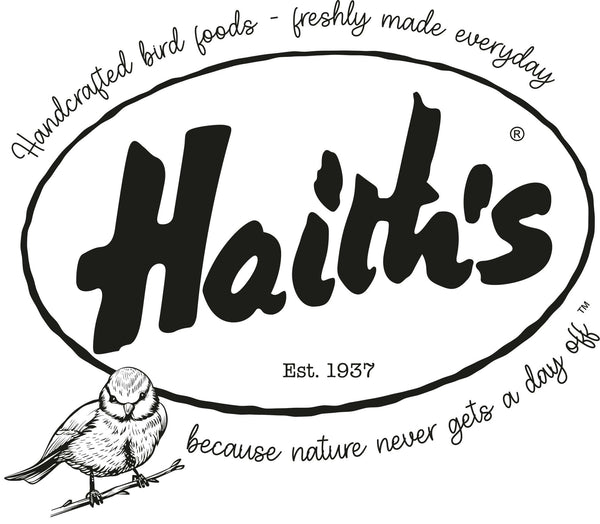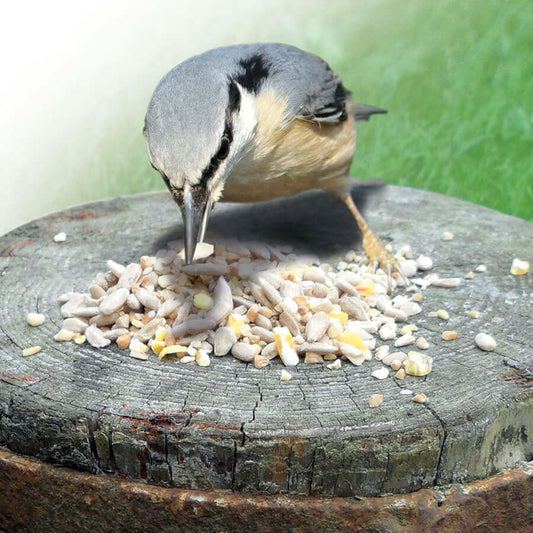Spring Cleaning Tips for the Nature Gardener: A Fresh Start for Your Outdoor Space
As the days grow longer and birdsong returns, nature gently reminds us that it’s time to breathe new life into our gardens. For those of us who garden with nature in mind, spring cleaning isn’t about achieving perfection - it’s about setting the stage for a thriving, balanced ecosystem where both plants and wildlife can flourish.
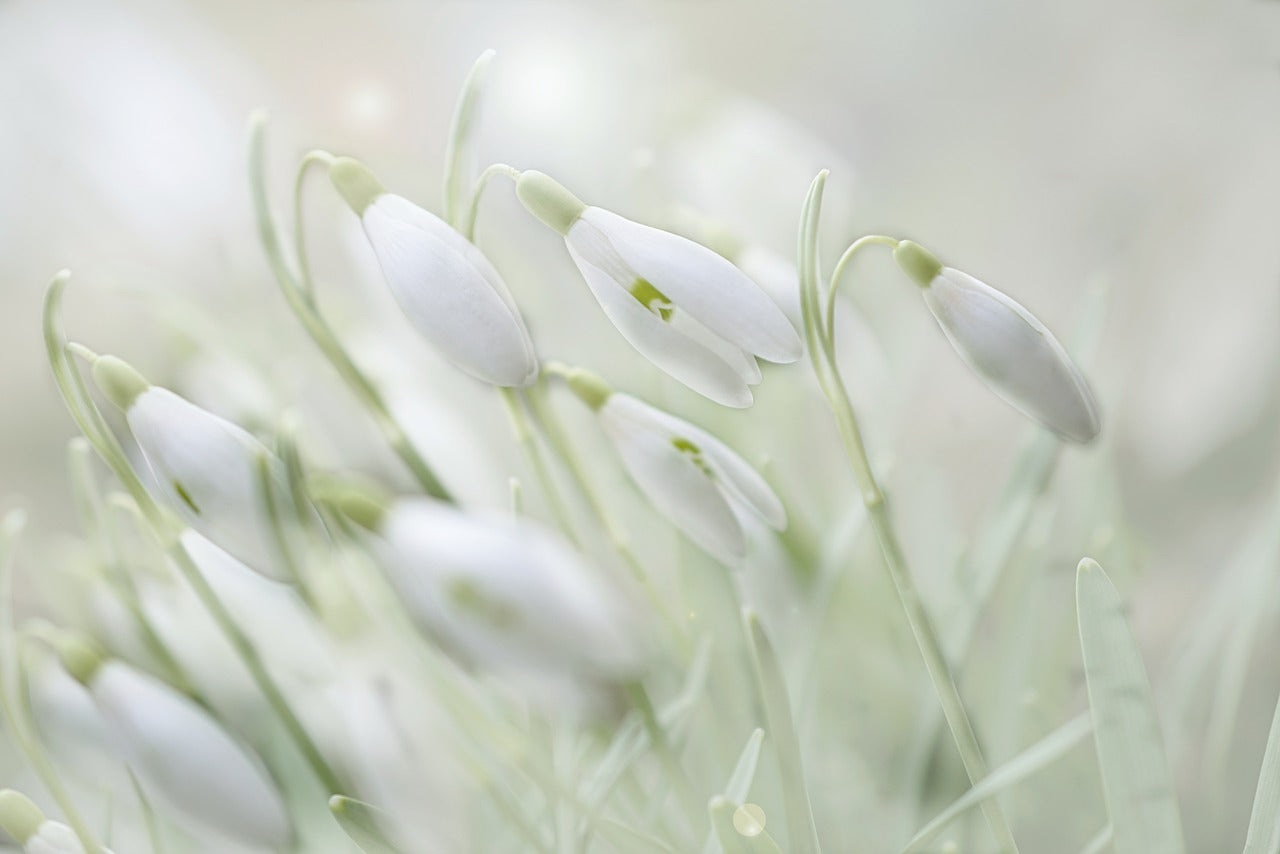
Whether you're a seasoned nature gardener or just getting started, these gentle and practical spring cleaning tips will help you create a welcoming outdoor space that supports biodiversity and invites the joys of the season in.
-

Before diving into any heavy tidying, take a little time to observe your garden. What’s starting to grow? Are bees or butterflies already waking up? Are birds nesting? Early spring is a time of awakening, and many beneficial insects overwinter in leaf litter, dead stems, or wood piles. Jumping in too fast with the rake or hedge trimmer can disturb these tiny garden helpers. So, hold off on major clearing until temperatures stay consistently above 10°C - that’s when most insects become active again.
Gently Clear Paths and Seating Areas
Begin your cleaning in the areas you use most: paths, patios, and garden seating.
Sweep away debris, remove slippery moss or algae from paving stones (using a stiff brush or eco-friendly cleaner), and prune back any plants that have sprawled across walkways.
Clearing these zones first not only makes your garden more inviting it also gives you
room to move comfortably as you work on other areas.
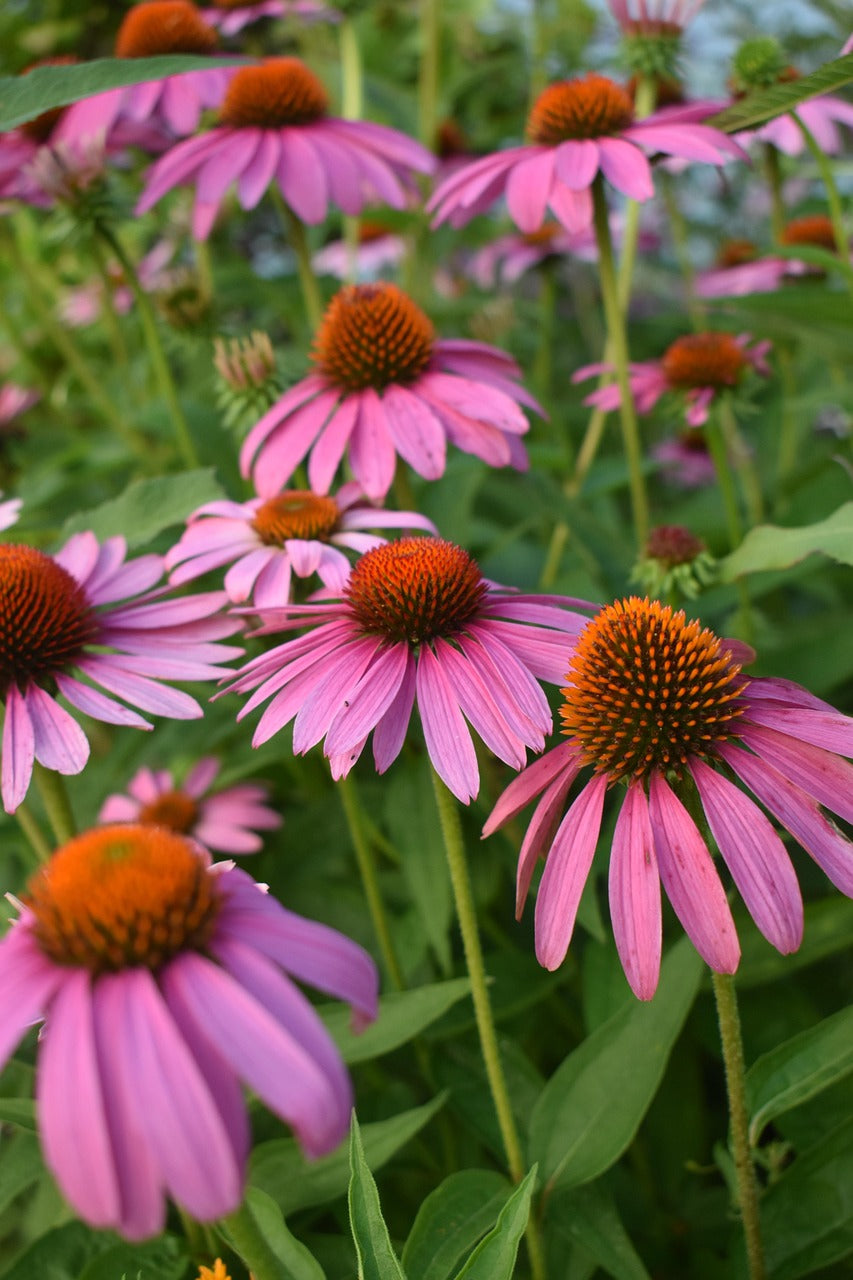
Tidy Flower Beds - With Wildlife in Mind
Rather than cutting everything down to the soil, selectively remove dead plant material that looks truly unsightly or is blocking new growth. Leave hollow stems where possible - solitary bees often use them for nesting.
Any compostable material you do remove can go onto your compost heap (if you have one), where it’ll break down and provide nutrients for future planting. Try to avoid disturbing mulch or leaf litter too much, as this provides vital cover for frogs, toads, beetles, and other garden allies.
-

Check on Bird Feeders and Water Sources
Spring is a crucial time for garden birds. Clean feeders and bird baths with hot water and a mild brush to remove old seed husks and prevent the spread of disease. Avoid using harsh chemicals -simple soap and hot water is usually enough.
Refill feeders with high-energy foods like suet, sunflower seeds, or mealworms to support birds through the breeding season. If you’re lucky enough to have regular garden birds, they’ll quickly take note of your efforts!
-

Inspect Fences, Gates and Garden Structures
Winter weather can be hard on wooden features. Check fences, trellises, pergolas, and compost bins for any signs of rot, instability, or wear. Make small repairs now to save yourself hassle later in the season.
If you're using natural wood or untreated timber, give it a light brush down to remove algae or dirt. Consider giving it a protective coat using an eco-friendly wood preservative - there are many on the market that are safe for wildlife.
Refresh Water Features
If you’re lucky enough to have a pond, stream, or bird bath, give it a light clean
to remove leaves and algae. Be gentle - many pond creatures will still be hibernating in the mud or plant roots. For bird baths, a regular scrub with clean water is all you need. Try to keep it topped up, especially during dry spring spells, as birds and insects alike will appreciate the refreshment.
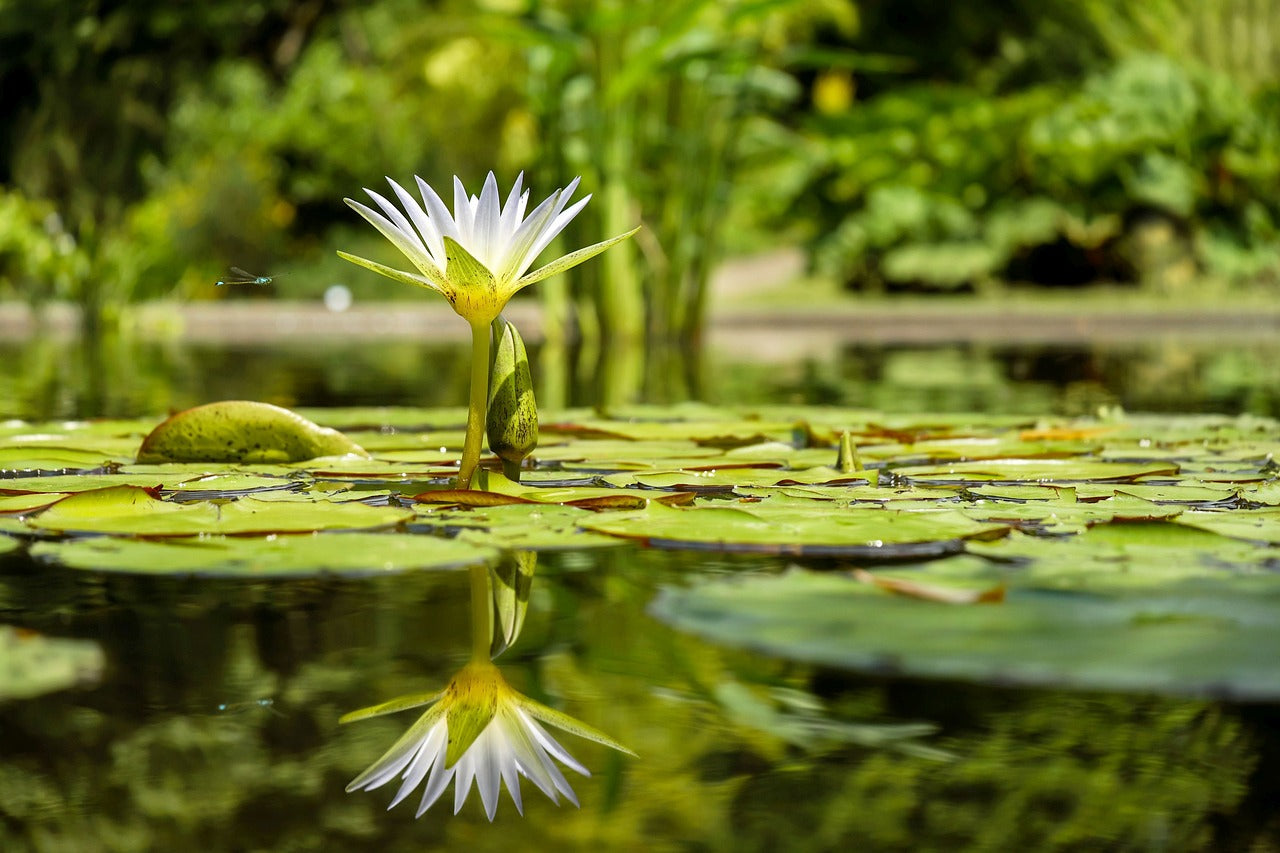
Avoid introducing any chemical cleaners to ponds - they can disrupt the delicate balance of the ecosystem. If the water needs freshening, remove a bucketful and top up with collected rainwater.
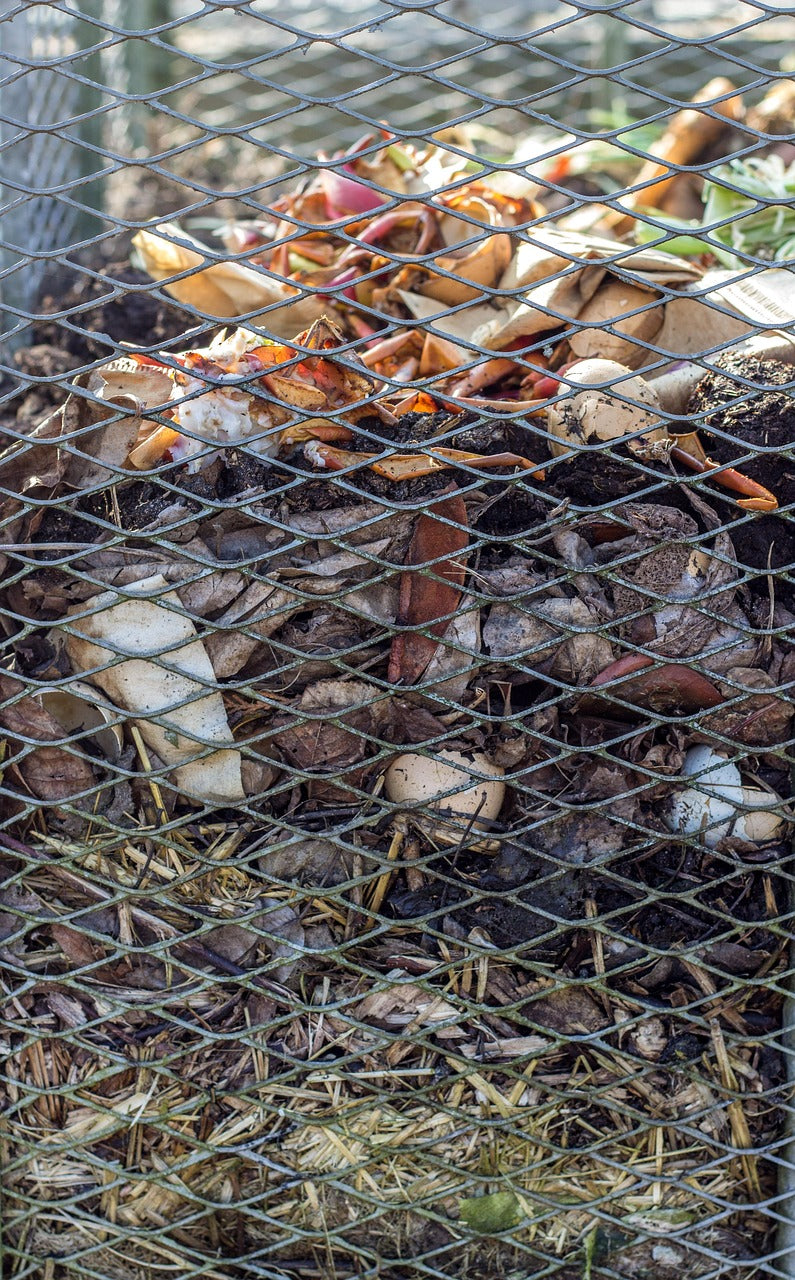
Revive Your Compost Area
If your compost heap has become a bit neglected over winter, now’s the perfect time to give it a boost. Turn the pile with a garden fork to aerate it, helping to speed up decomposition.
Add a mix of green materials (like grass clippings or vegetable peelings) and brown materials (like dry leaves, cardboard, or woody prunings). This balance helps produce rich, crumbly compost - perfect for mulching borders later in the season.
If you don’t have a compost area yet, consider setting one up. Even a small bin or corner can reduce waste and support your garden’s natural cycle.
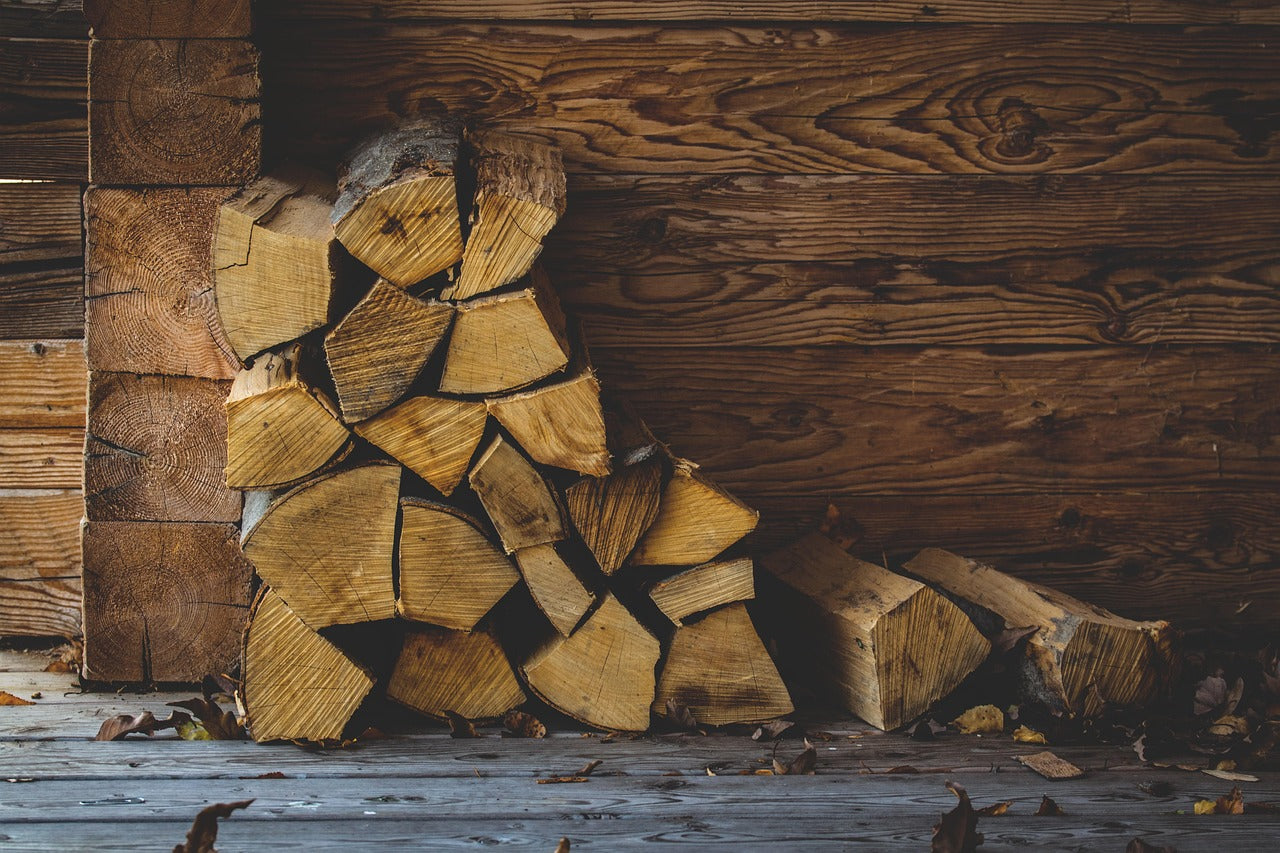
Create a Log Pile for Wildlife
One of the simplest and most effective ways to support biodiversity in your garden is to build a log pile. Choose a shady, quiet corner and stack some fallen branches, pruned limbs, or old wood. Over time, this will become a haven for beetles, fungi, amphibians, and even hedgehogs. Don’t worry about neatness - nature prefers it a bit wild. If you have spare stones or bricks, you can add those too to create even more hiding spots. It’s a brilliant way to recycle natural materials and offer safe shelter to all sorts of helpful creatures.
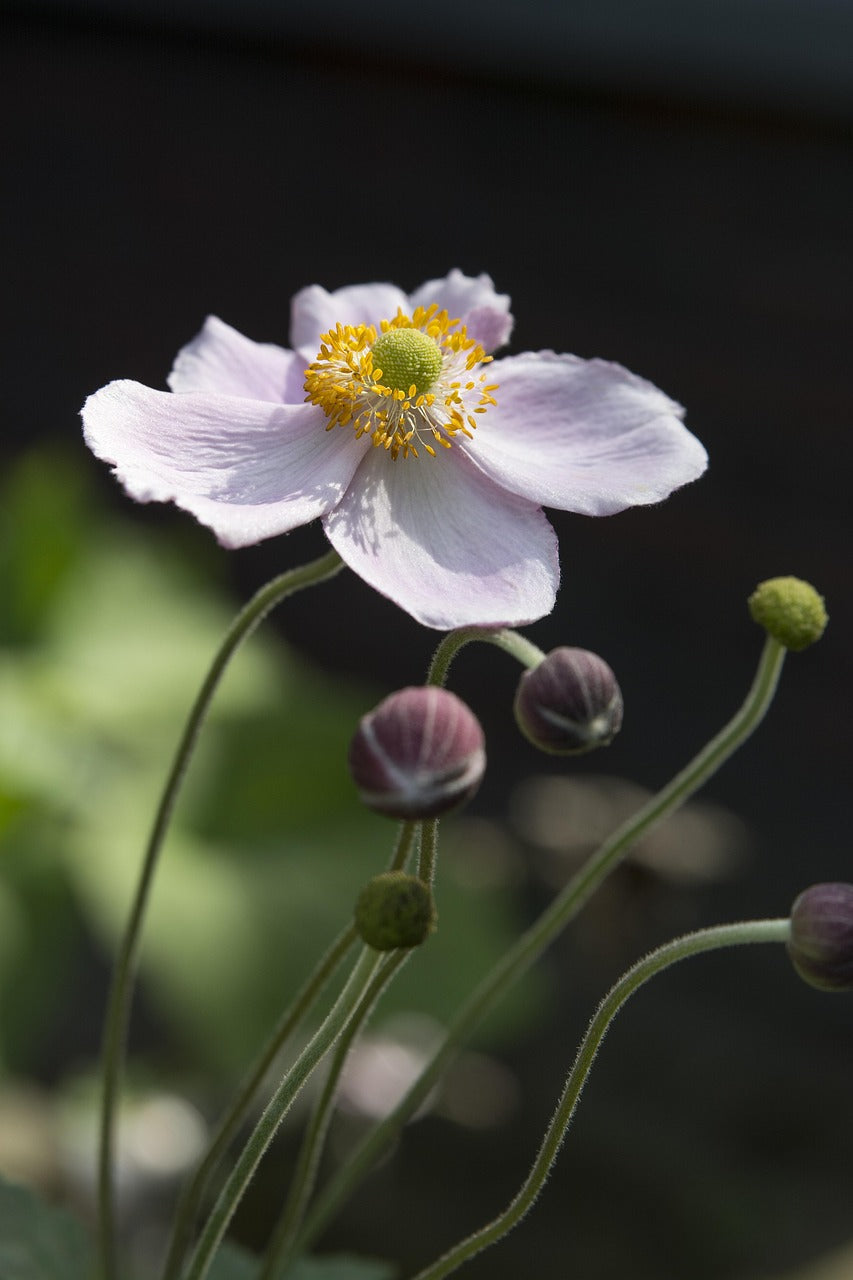
Welcome Pollinators with Early Flowers
One of the joys of nature gardening is seeing the first bees buzzing about. Support them by planting or encouraging early-flowering plants such as primroses,
crocuses, lungwort, and hellebores.
If you’ve left seed heads or dried stems for the winter, consider scattering some wildflower seeds now to support later blooms. Choose native species where possible - they’re best suited to your local insects.
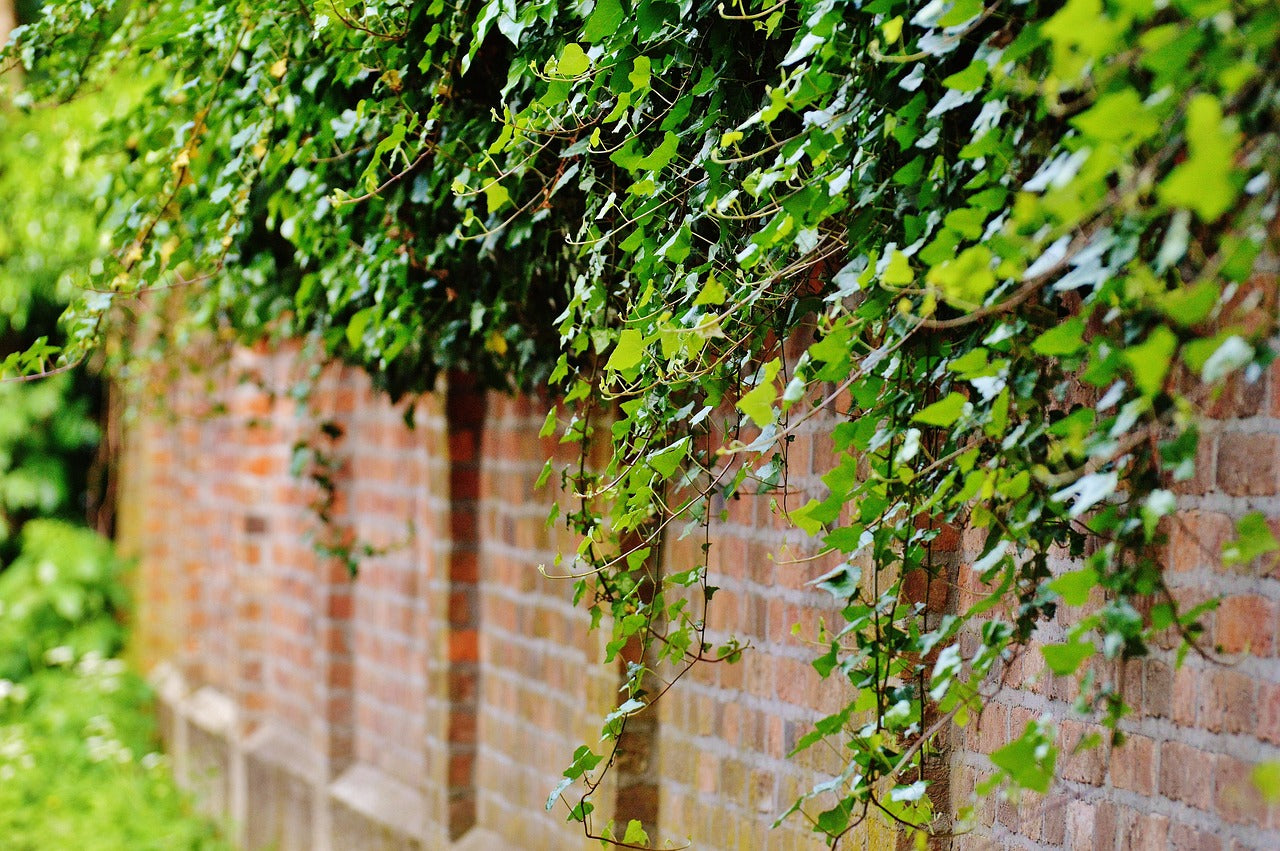
Resist the Urge to Over-Prune
It’s tempting to cut back all the woody growth from last year but resist the urge to overdo it. Many shrubs and trees provide shelter and food for wildlife, even when they look a little scruffy. Focus your pruning on removing damaged or diseased branches, shaping plants for better air circulation, and encouraging healthy new growth. If in doubt, leave it - a more relaxed, less manicured garden is usually better for biodiversity.
Spring cleaning for the nature gardener isn’t about tidying every inch to perfection - it’s about creating a safe, welcoming space for wildlife while preparing your garden for a new season of growth.
By working gently and thoughtfully, you’re not only setting yourself up for a
beautiful garden - you’re giving a helping hand to the birds, bees,
butterflies, and other creatures who call it home.
So, grab your gloves, pop the kettle on, and take it one step at a time. Nature
doesn’t rush - and neither should we.
Feed the wildlife in your garden with Haith's
-
Sunflower Hearts - Premium Quality
Vendor:HAITH'S to HOME4.99 / 5.0
(203) 203 total reviews
Regular price From £4.99 GBPRegular priceUnit price / per£4.99 GBPSale price From £4.99 GBP -
Peanuts for Birds - Premium Quality Wild Bird Food
Vendor:HAITH'S to HOME4.8 / 5.0
(102) 102 total reviews
Regular price From £4.75 GBPRegular priceUnit price / per£4.75 GBPSale price From £4.75 GBP -
Huskfree Advance™ - No Mess Wild Bird Food
Vendor:HAITH'S TO HOME4.87 / 5.0
(151) 151 total reviews
Regular price From £6.99 GBPRegular priceUnit price / per£6.99 GBPSale price From £6.99 GBP -
Fat Robin™ - Soft & Nutritious Bird Blend
Vendor:HAITH'S to HOME4.45 / 5.0
(20) 20 total reviews
Regular price From £4.99 GBPRegular priceUnit price / per£4.99 GBPSale price From £4.99 GBP
